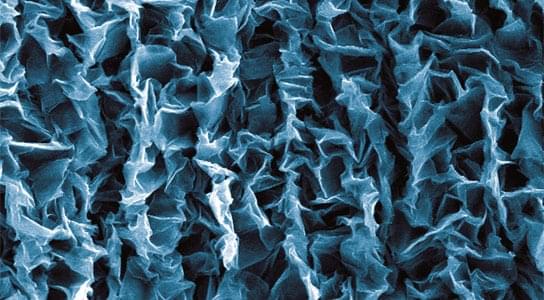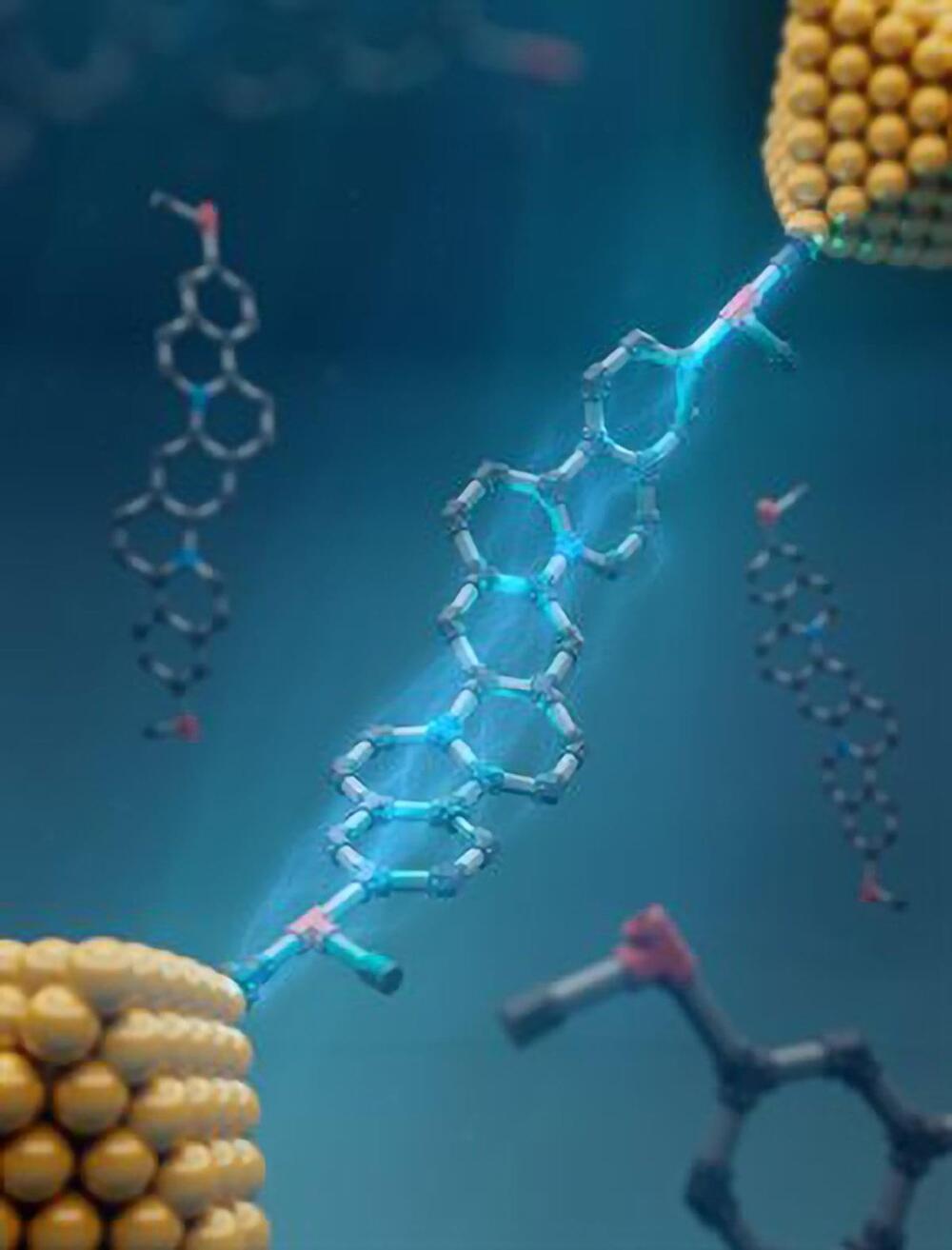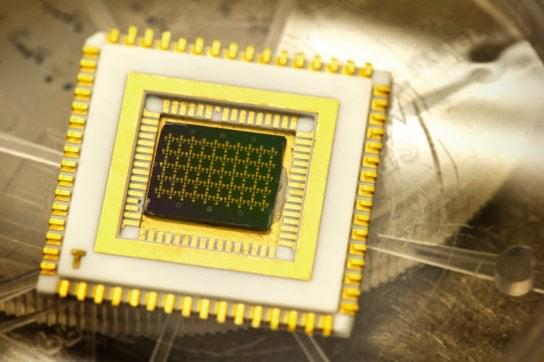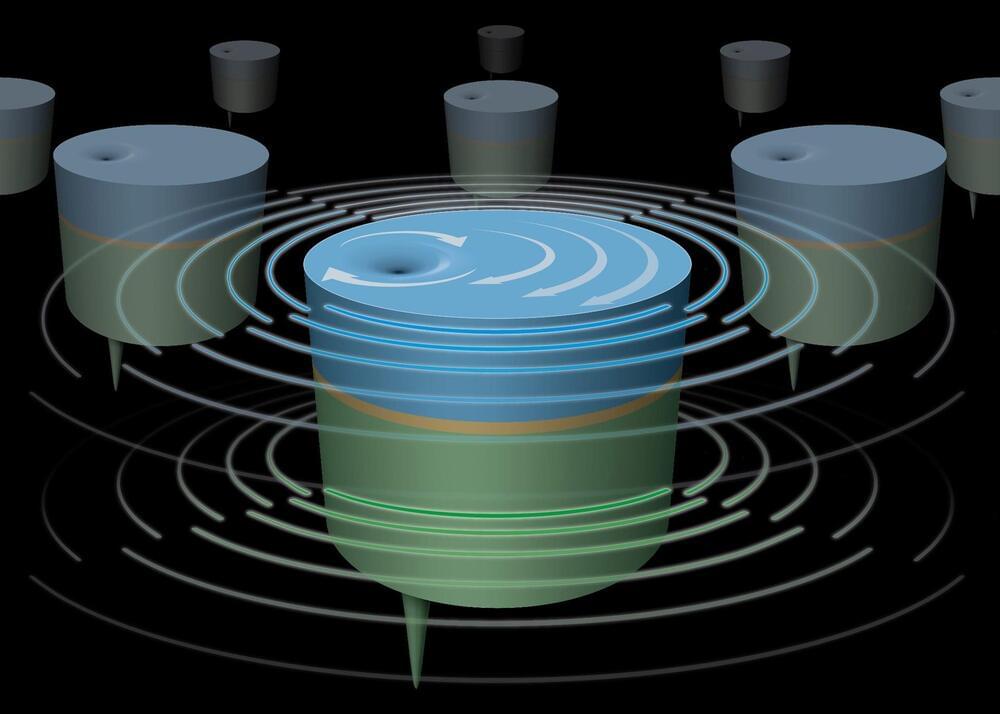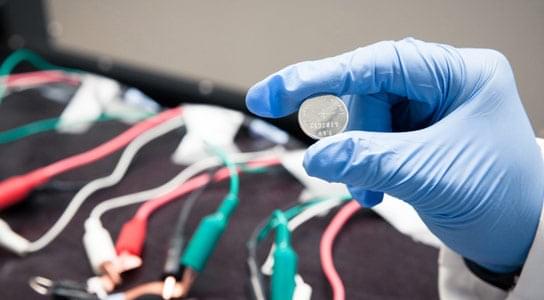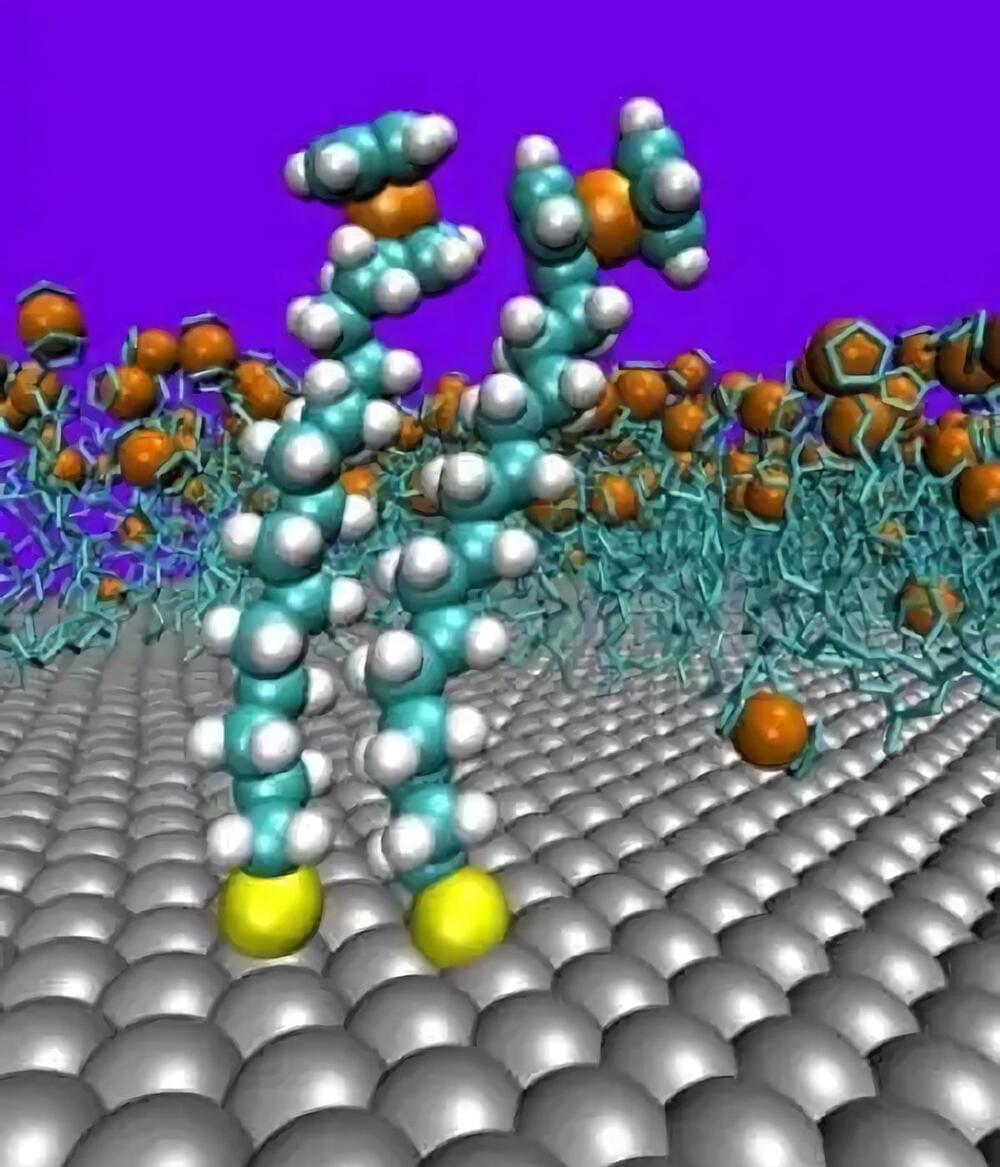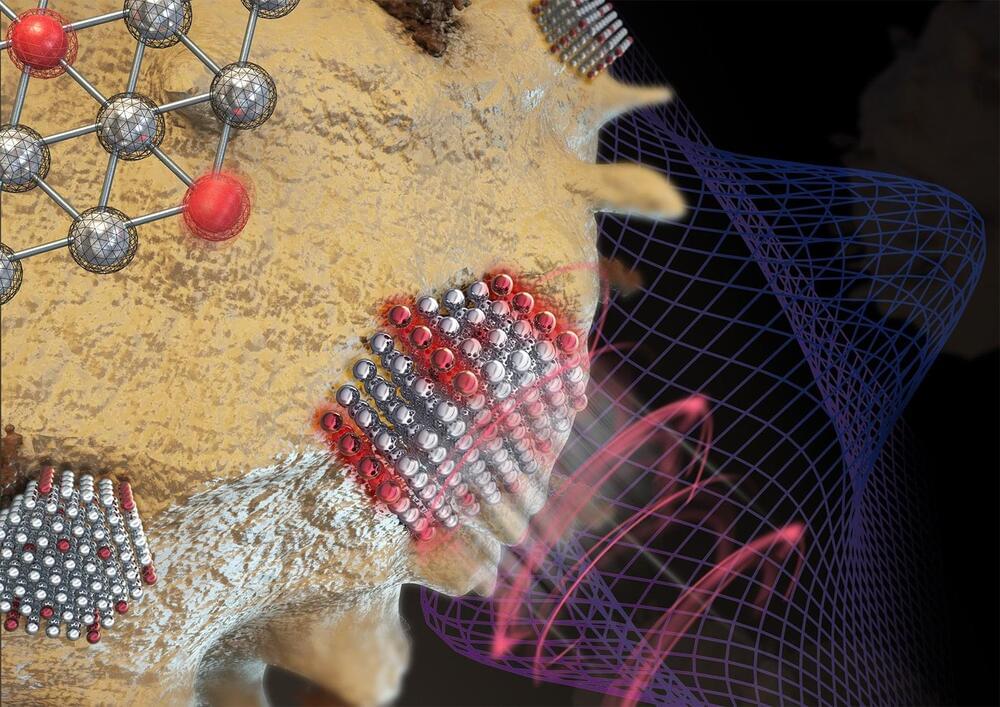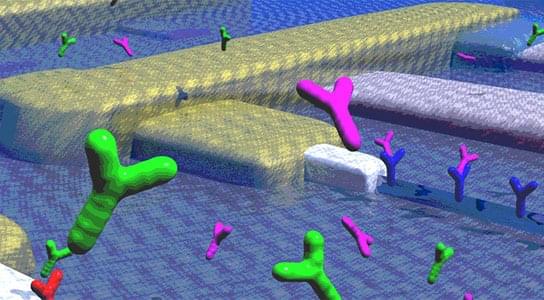
Researchers have developed a novel graphene-germanium hot-emitter transistor using a new hot carrier generation mechanism, achieving unprecedented performance. This advancement opens new possibilities for low-power, high-performance multifunctional devices.
Transistors, the fundamental components of integrated circuits, encounter increasing difficulties as their size continues to shrink. To boost circuit performance, it has become essential to develop transistors that operate on innovative principles. Hot carrier transistors, which harness the extra kinetic energy of charge carriers, offer the potential to enhance transistor speed and functionality. However, their effectiveness has been constrained by conventional methods of generating hot carriers.
A team of researchers led by Prof. Chi Liu, Prof. Dongming Sun, and Prof. Huiming Cheng from the Institute of Metal Research (IMR) of the Chinese Academy of Sciences has proposed a novel hot carrier generation mechanism called “stimulated emission of heated carriers (SEHC).” The team has also developed an innovative hot-emitter transistor (HOET), achieving an ultralow sub-threshold swing of less than 1 mV/dec and a peak-to-valley current ratio exceeding 100. The study provides a prototype of a low-power, multifunctional device for the post-Moore era.
